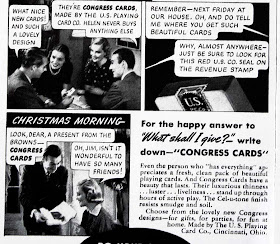The French painter Jean Auguste Dominique Ingres (1780-1867) was known for his sensous line and refined surfaces, but he also had strong opinions about art.

Here are ten aphorisms about art. Only eight of them are attributed to Ingres. Two statements hiding in the list are from other people. Can you guess which two statements do not belong to Ingres?
1. Always keep that happy naïveté, that charming ignorance.
2. If I could make musicians out of all of you, you would benefit as painters.
3. Love truth because it is also beauty.
4. A work of art should contain two elements: the element of reality, which is nature, and the element of individuality, which is man.
5. Paint without any model. You must completely realize that your model is never the thing you wish to paint.
6. Anatomy is a dreadful science. If ever I had to learn anatomy, I never would have been a painter.
7. I have always attempted perfection of form.
8. Drawing is everything. It is all of art.
9. People want paintings you can walk around in. I don’t give a fig for that.
10. Don’t waste your time in copying at the museum. Make simple sketches from the masters.
-------------
Addendum, December 11
4 and 7 are the answers.
Jason's Brush guessed correctly.
#7 is from –Odilon Redon, from his writing "A soi-meme."
#4 is from Emile Zola, Essay on Present Day Art.
The second half of Ingres's quote about use of models was this: "...your model is never the thing you want to paint, neither in character of drawing nor in coloring; but at the same time, it is absolutely necessary to do nothing without the model..."
The source book was "From the Classicists to the Impressionists: Art and Architecture in the Nineteenth Century," edited by E.G. Holt, 1966.




















































